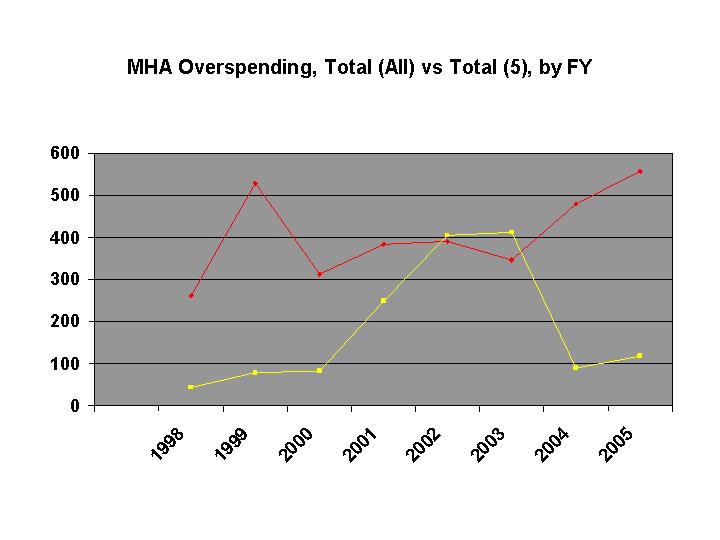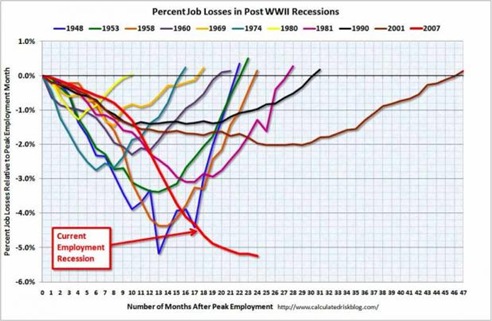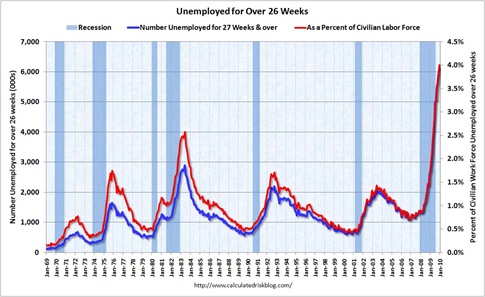Once upon a time, not so very long ago, you really didn’t hear very often about a provincial government construction project in Newfoundland and Labrador going for almost double the original cost estimate.
You’d hear stuff about other places, like say one involving a nuclear power plant in New Brunswick. Or there might be one involving transportation – always a rat’s nest of problems – like say the streetcar line in Toronto or another light rail one in Ottawa.
That was then, as they say.
This is now, where the provincial government in Newfoundland and Labrador seems to have a huge problem with construction projects of all kinds.
The latest is the health centre in western Labrador.
Promised originally as a juicy bit of pork for the January 2007 by-election, the project seems stuck like an excavator in winter snow. Other than that, not much has happened.
Not much except watching the cost estimates balloon like an embolism. According to The Aurora, what was once estimated to cost about $56 million is now estimated to be in the range of $90 million.
That number will get bigger almost certainly. And at some point, as in Lewisporte and Flower’s Cove, there will have to be an intervention to reduce the sorts of health stuff that happens in the health care centre so that the construction costs don’t go completely off the charts.
The Aurora report says provincial government officials put the cost spiral down to a construction boom in briefing notes prepared for health minister Jerome Kennedy last fall.
Okay.
Theoretically, that could be the case. There’s just so much construction going on in the province right now that everything is at a premium. Boom times and all that. At least, so the idea goes.
There are a couple of problems with that notion.
First of all, this is a recession and Newfoundland and Labrador hasn’t escaped the recession at all. Far from it. Even the provincial government is forecast a huge drop in the value of goods and service sin the province. Everything is down from oil to newsprint to minerals.
And if you look around, like say in Alberta, you can see what happens in a recession. Like most places in the developed world, and even in an Alberta which is still chugging along well ahead of other provinces in economic activity, a recession in Alberta means costs are dropping. Businesses – like Total SA and Conoco - are actually increasing their spending on oil sands development because of costs that are as much as 40% less than they were in 2008.
That Labrador health centre is already estimated to cost 40% more than first forecast, incidentally. That’s pretty much on par with what happened to the one in Lewisporte.
So it doesn’t really make a lot of sense – at first blush – that Newfoundland and Labrador in a recession would see costs go up while everywhere else – like Alberta – costs are dropping.
Second, the sort of delays and cost over-runs for the Labrador west hospital is typical of the pattern of delays on provincial government construction projects – upwards of three and four years in some cases – and massive cost over-runs (40% is the half of it) people in this province have seen for the past five or six years. It didn’t just start. And it isn’t confined to hospitals.
On delays, we have things like a 2004 court security law that still isn’t in effect. There’s a 2006 law creating a health research ethics board that still isn’t in place. From 2007, there’s a major piece of legal work and a centrepiece – supposedly – of the Tory big blue plan called the sustainable development act. Three years and not so much as a peep.
Let us not forget three years on Grenfell to deliver nothing that couldn’t have been done without all the fuss and the promises when the idea was first announced.
Nor can we ignore the land claims deal with the Innu on the Lower Churchill that happened and then unhappened. Now it roams the Earth periodically cropping up in some news story in which it claims to be alive. The reality is that it is undead, trapped by internal political wrangles within the Innu community in a world between life and death.
In the background, there is the program review, a response to a supposed budget crisis in 2004 the premier gave to Ross Reid. No one knows what happened to it. similar initiative – a 2006 economic program review – likewise disappeared. The guy looking after it went back to Memorial in 2008. What is Doug House doing these days?
On the construction front, there are cases like the sports centre slash conference hall in St. Anthony that doubled in price before the provincial government cut the whole thing down to a size that would fit inside the ballooned budget. Two years after it was first announced, there was much less for way more.
We also can’t forget the aquaculture centre in St. Alban’s. Two years later the thing is just starting to get underway - we were originally told it would actually be finished by now - for 71% more than the original estimate.
Ferries. Schools. Hospitals. Roads. You name it and the thing has been announced - in some cases many, many times - the costs have skyrocketed and there’s not a sign of anything tangible. As noted here last winter, about half the economic stimulus projects the provincial government announced consisted of projects that had been announced, some of them as long ago as 2005.
Massive cost overruns and inordinate delays seem to be the norm in the provincial government these days.
The interesting question is why that is so.
We can be pretty sure it doesn’t have anything to do with just the normal cost of doing business. The pattern started before costs really skyrocketed and it affects things besides construction work.
And it really doesn’t have anything to do with outdated ceremonies and rules. One of the things Tory supporters in this province should point out is that all the time the current administration doesn’t spend in the legislature gives it more time to get things done. These guys are much more efficient than other administrations, so the talking point would go.
Notice that they don’t say that sort of thing, though. Despite having a legislature that sits about half the number of days it sat two decades ago, the usual complaint lately is about all the distractions.
Nor can there be any complaint about requirements to have the legislature approve things. The Fishery Products Act amendments a couple of years ago gave cabinet the right to make decisions on its own without reference to the legislature ever again. That follows a pattern in other bills where the decision on when laws come into force is left entirely to cabinet.
Call it a sort of low-rent rule by decree, the idea behind this approach is that things can be done more quickly if all it takes for is a cabinet conference call and then a quick printing of The Gazette. No messy debates in public. No question period. Just a nice clean agreement behind closed doors. Job done.
Except it hasn’t seemed to work that way.
Now this is the sort of thing we old political science types call “interesting” or “curious”. It goes to the heart of what we love: how government works in practice.
The theory is fine. All the bumpf from the departmental bumpf factories keeps the news media full. And some people think they can change the budget by going to a consultation session. People who are genuinely interested in this sort of thing, though, love trying to figure out how things actually get done.
In the case of the current provincial administration, those types have got their work cut out for them. The current crowd should be performing much more efficiently and effectively than they actually are. Put another way, they should be accomplishing things on par with what - as their polls show - people think they are doing.
So how come they aren’t?
-srbp-





 Brigadier-General Tony Stack
Brigadier-General Tony Stack









